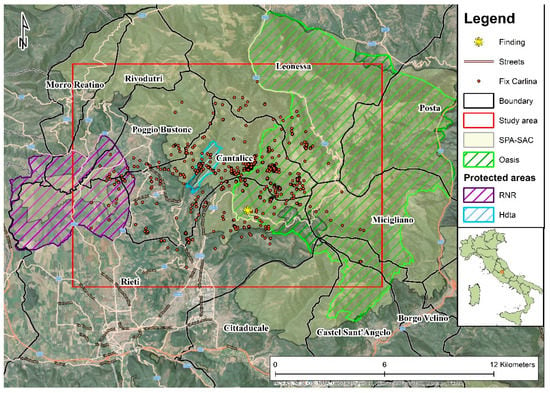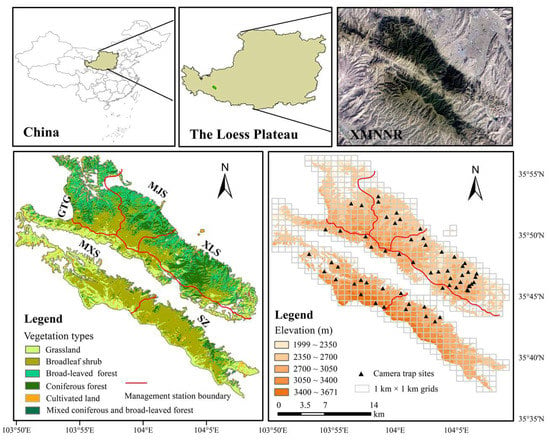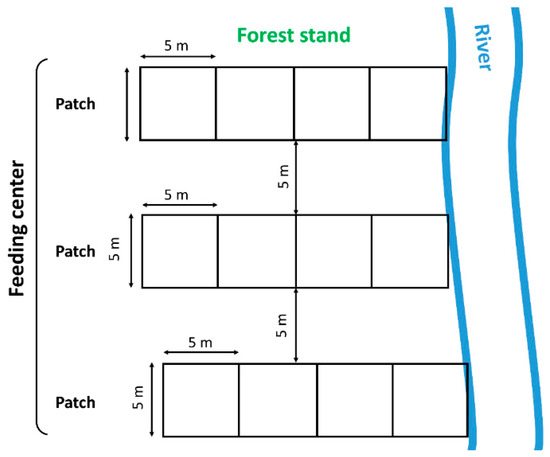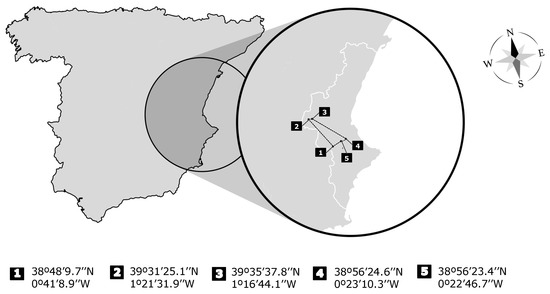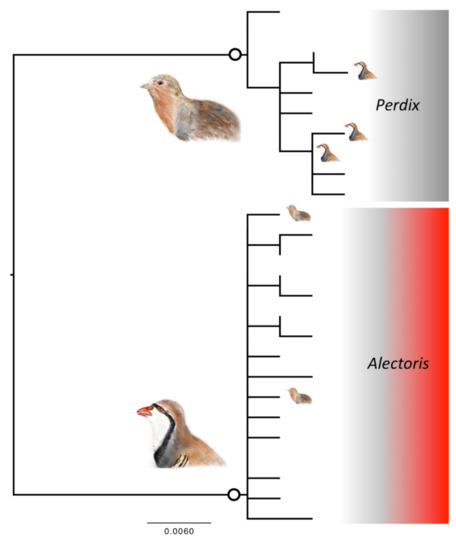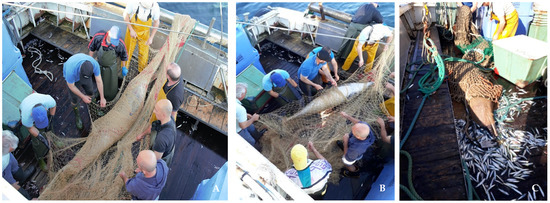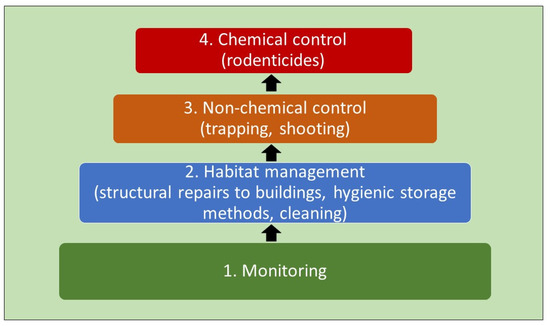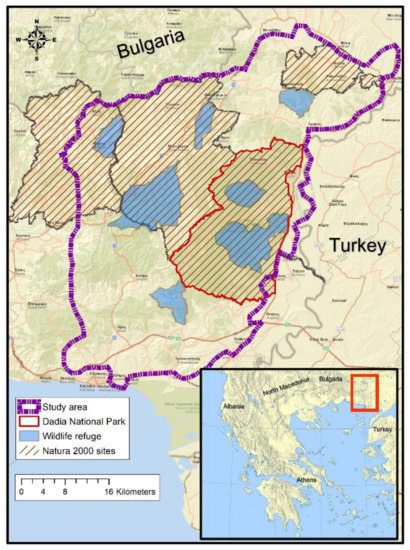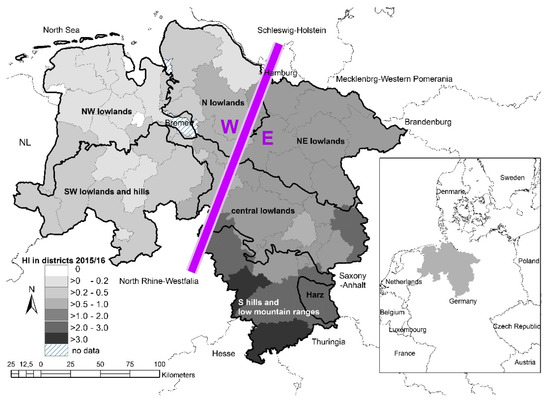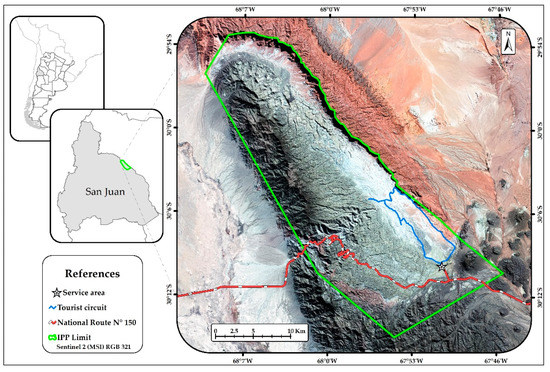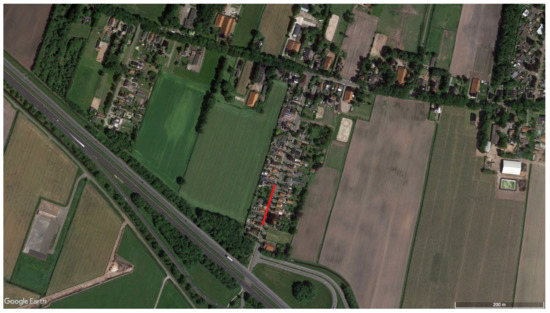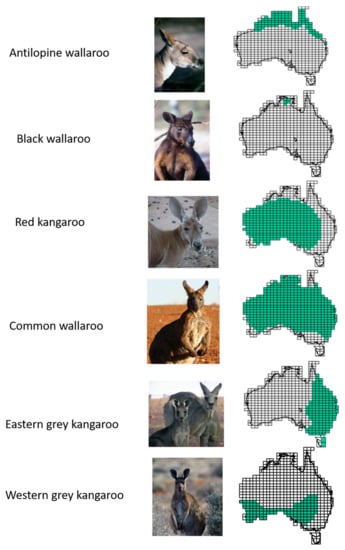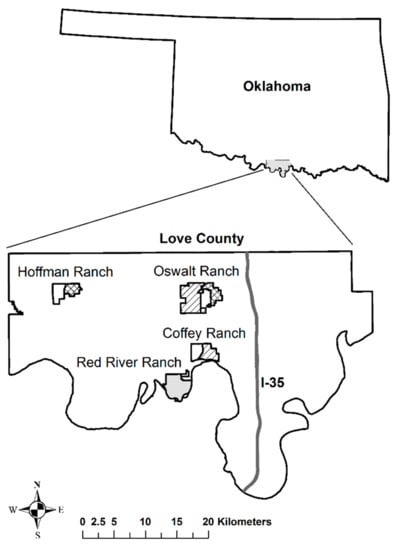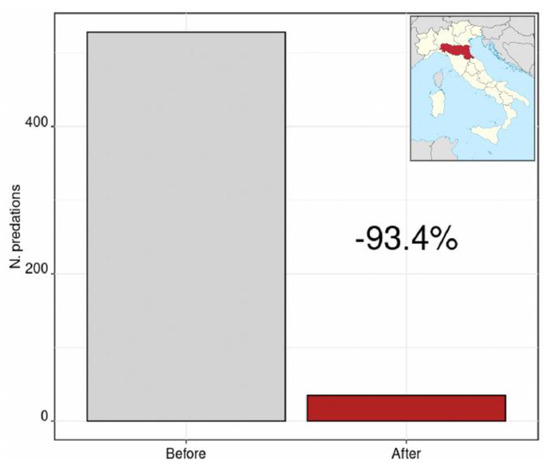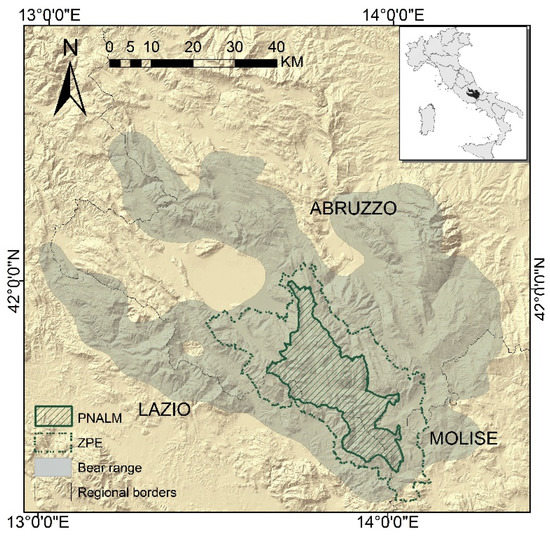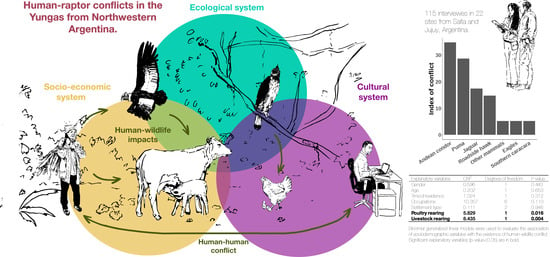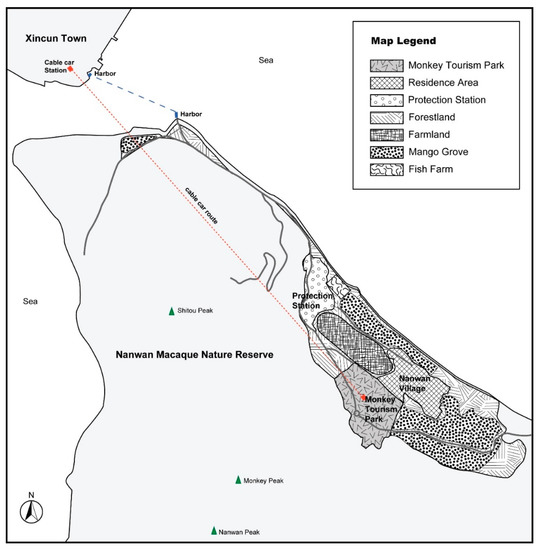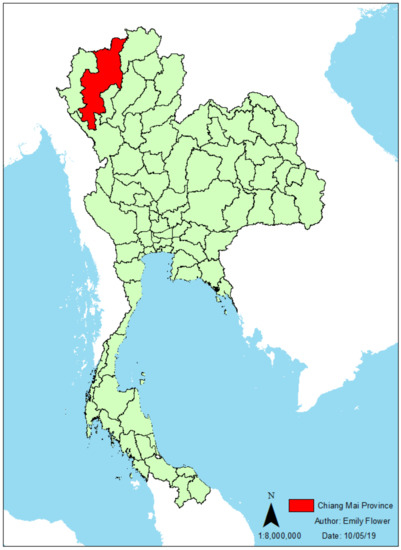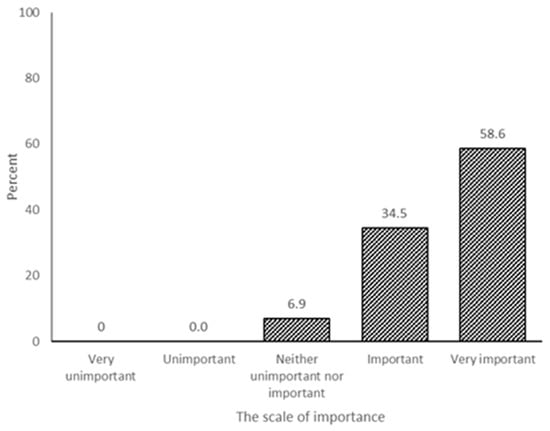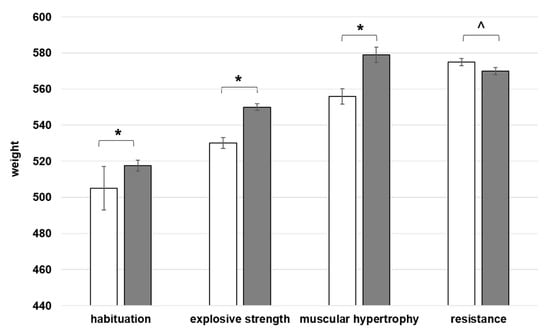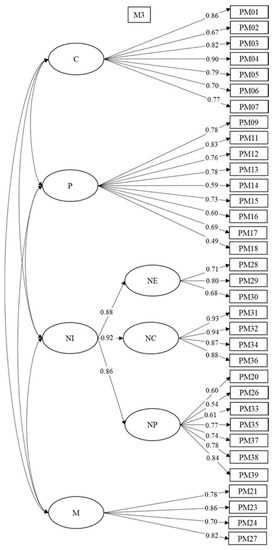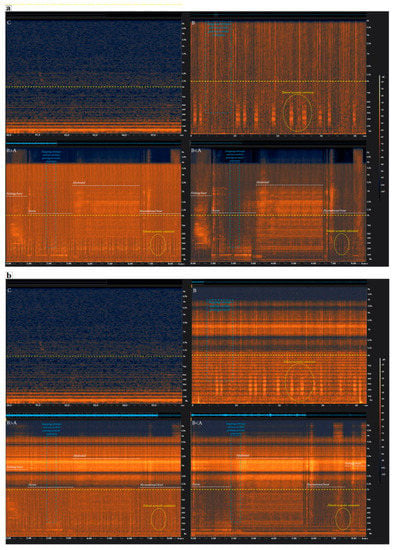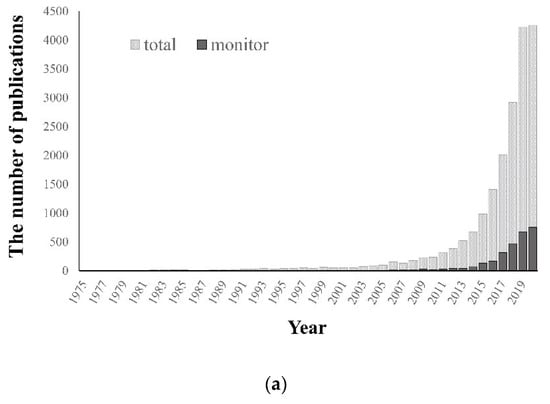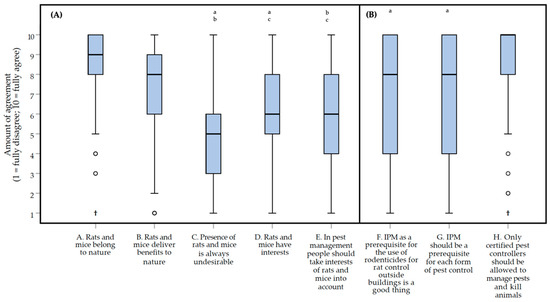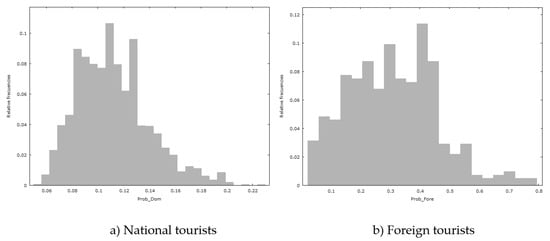Human-Wildlife Conflict and Interaction (Closed)
A topical collection in Animals (ISSN 2076-2615). This collection belongs to the section "Wildlife".
Viewed by 196182Editor
Interests: physiology; ethology; animal behavior; animal cognition
Topical Collection Information
Dear Colleagues,
The encounters of humans with other animals have always influenced the fate of both. Impulsive or planned emotion-driven human actions have led to the establishment of different relationships with different species, from decimation to protection, at various historical moments.
Worldwide, people interact with wild animals, from wolves to rats, through an anthropocentric point of view that, for example, has driven us to consider pelicans or killer whales as competitors for fishing. Yet, what we call human–wildlife conflict (HWC) too often leads to the persecution, translocation, or eradication of non-human animals.
Today, many people are more conscious of human responsibility towards other species, and thus many forms of human–wildlife interaction (HWI) are valued and performed worldwide, for example, whale watching, birdwatching, photo safari, and ecotourism.
In many poor countries, this reciprocal influence promotes local development by enhancing environmental awareness and purpose by protecting rather than exploiting nature.
Authors are invited to submit original articles or reviews exploring HWC and HWI in new, contemporary ways for this Topical Collection of Animals. The theme (regardless of species) should be anchored to specific leanings such as economy, welfare, management, and animal cognition.
Prof. Pia Lucidi
Collection Editor
Manuscript Submission Information
Manuscripts should be submitted online at www.mdpi.com by registering and logging in to this website. Once you are registered, click here to go to the submission form. Manuscripts can be submitted until the deadline. All submissions that pass pre-check are peer-reviewed. Accepted papers will be published continuously in the journal (as soon as accepted) and will be listed together on the collection website. Research articles, review articles as well as short communications are invited. For planned papers, a title and short abstract (about 100 words) can be sent to the Editorial Office for announcement on this website.
Submitted manuscripts should not have been published previously, nor be under consideration for publication elsewhere (except conference proceedings papers). All manuscripts are thoroughly refereed through a single-blind peer-review process. A guide for authors and other relevant information for submission of manuscripts is available on the Instructions for Authors page. Animals is an international peer-reviewed open access semimonthly journal published by MDPI.
Please visit the Instructions for Authors page before submitting a manuscript. The Article Processing Charge (APC) for publication in this open access journal is 2400 CHF (Swiss Francs). Submitted papers should be well formatted and use good English. Authors may use MDPI's English editing service prior to publication or during author revisions.
Keywords
- wildlife protection
- wildlife management
- wildlife economy
- wildlife strategies
- coexistence
- animal cognition






